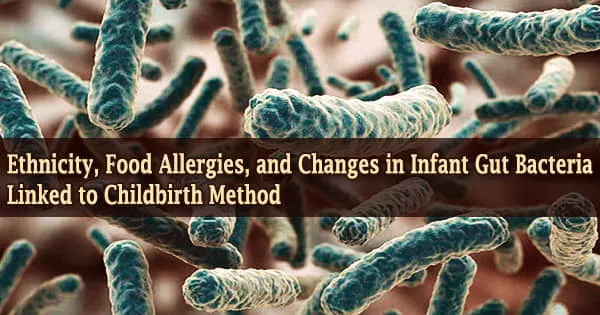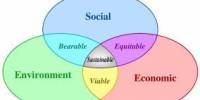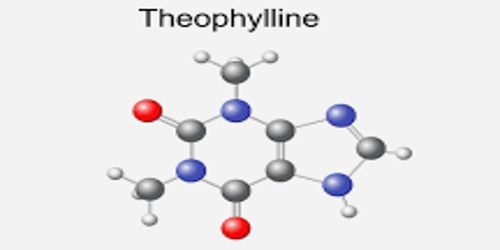A connective tissue disease is any disease that affects the parts of the body that connect the body’s structures. Tissues connect all of the structures in your body and keep it together. These connecting structures are harmed when you have a connective tissue disease. Autoimmune diseases such as rheumatoid arthritis, scleroderma, and lupus are examples of connective tissue diseases.
A connective tissue disease (collagenosis) is any disease in which the body’s connective tissues are the target of pathology. Any type of biological tissue with an extensive extracellular matrix that supports, binds together, and protects organs is considered connective tissue. These tissues form the body’s framework, or matrix, and are made up of two major structural protein molecules: collagen and elastin.
They are composed of two distinct proteins, collagen, and elastin. Tendons, ligaments, skin, cartilage, bone, and blood vessels all contain collagen. Elastin is found in the skin and ligaments. When these connective tissues become inflamed, the proteins and surrounding areas of the body are harmed. This is referred to as a connective tissue disorder.
In each of the body’s tissues, there are numerous types of collagen protein. Elastin, like a spring or rubber band, has the ability to stretch and return to its original length. Elastin is a key component of ligaments (tissues that connect bones) and skin. Collagen and elastin are frequently injured by inflammation in patients with connective tissue disease (ICT).
Causes
These conditions can be caused by family genetics and are often known as heritable disorders of connective tissue. Connective tissue diseases can also be caused by things that exist in the environment. Non-inherited causes of autoimmune types of connective tissue disease may include:
- Exposure to toxic chemicals, such as those found in air pollution and cigarette smoke.
- Exposure to ultraviolet light.
- Inadequate nutrition, including lack of vitamins D and C.
- Infections.
Symptoms
Because there are so many different kinds of connective tissue diseases, symptoms may vary and may affect different parts of the body. Body parts that may be affected include:
Bones, Joints, Skin, Heart and blood vessels, Lungs, Head and face, etc.
Diseases in which inflammation or weakness of collagen tends to occur are also referred to as collagen diseases. Collagen vascular diseases can be (but are not necessarily) associated with collagen and blood vessel abnormalities that are autoimmune in nature.
Diagnosis
The physician begins the diagnosis process by taking a medical history and performing a neurological examination. Because connective tissue disorders can mimic other conditions’ symptoms, diagnostic tests can help rule out other causes and confirm a diagnosis.
Treatment
Treatments will differ depending on the type of connective tissue disorder diagnosed. Corticosteroids can be used to reduce inflammation temporarily or permanently. Because some conditions can interfere with a patient’s daily life, physical and occupational therapy may be used to manage symptoms and assist patients in adjusting to new living and working environments. Braces or a cane may also be required as physical aids. Pain management may be required for some patients.
















